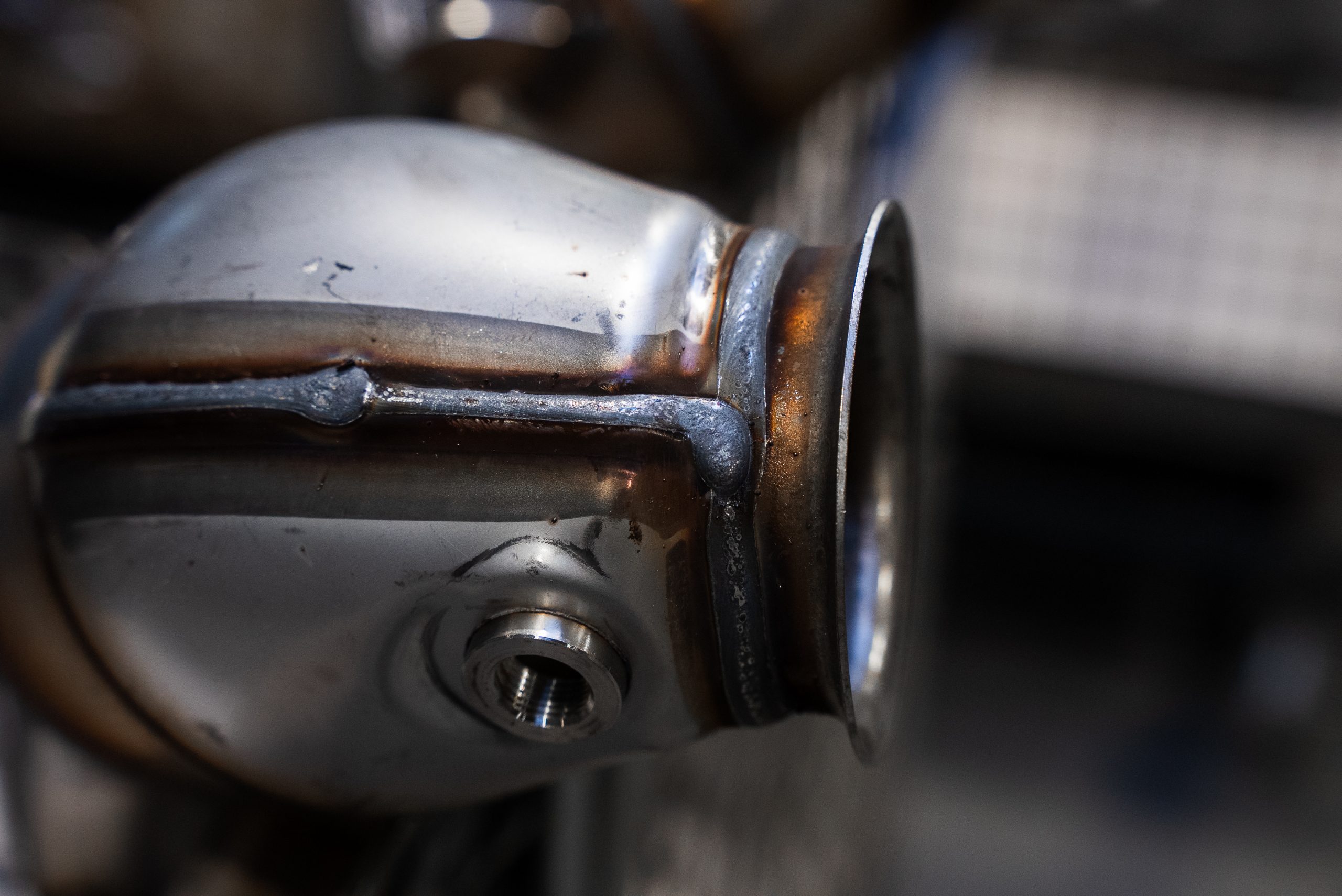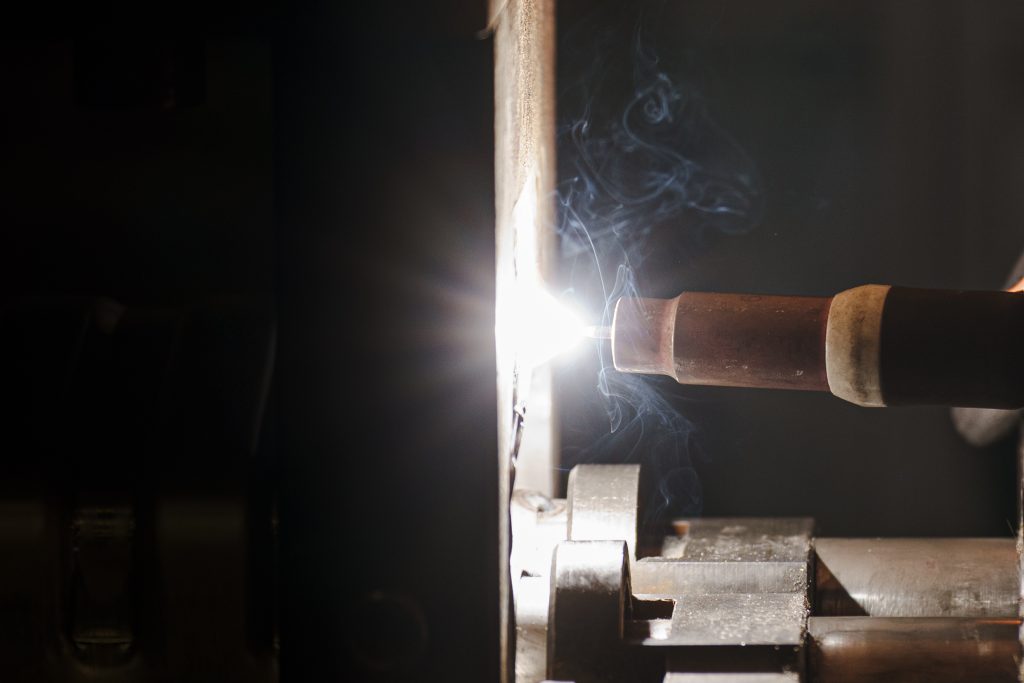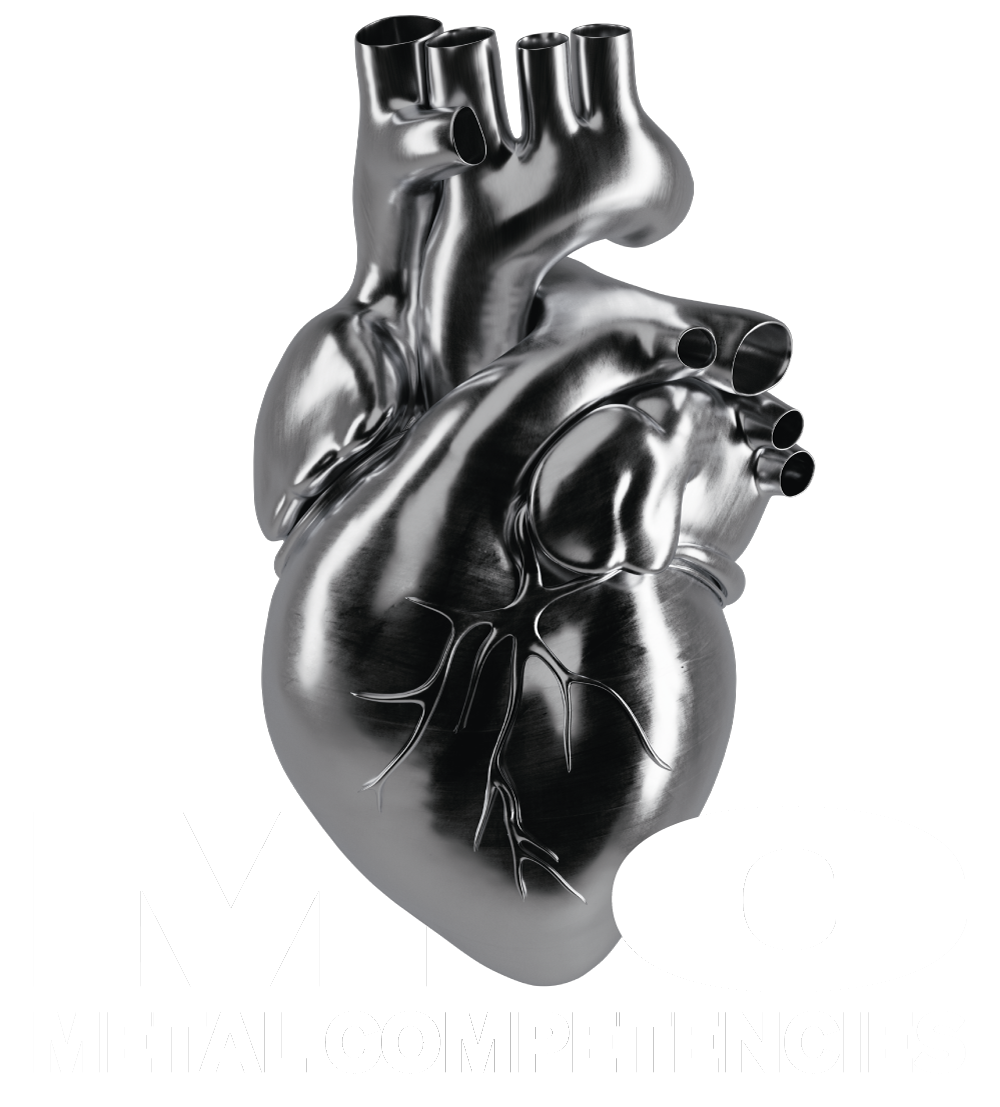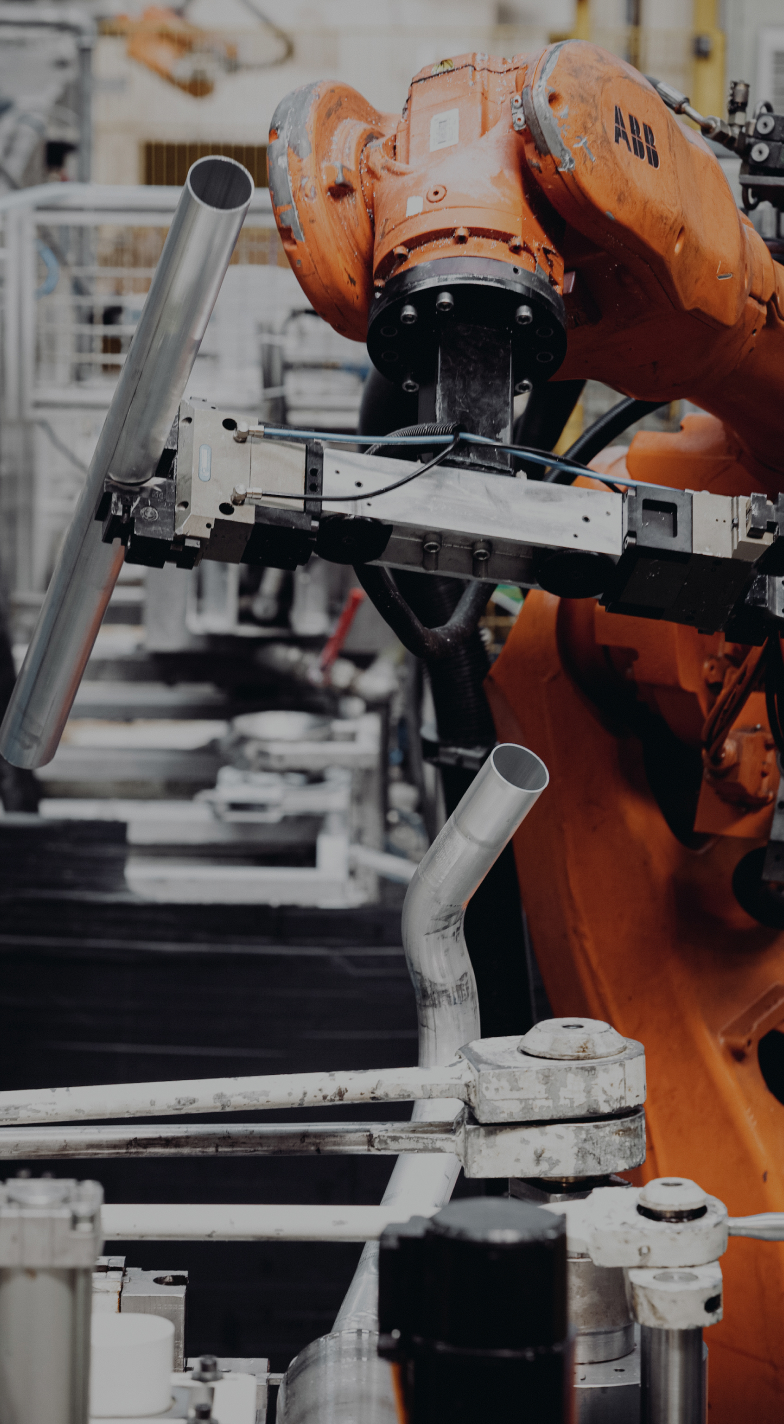Joining technologies
Joining technologies play a pivotal role in a multitude of industries, with a particular emphasis on manufacturing. These technologies are the backbone of many processes, enabling different materials to be securely connected to form a single, cohesive entity.
This ability to combine materials is crucial in creating a vast array of products and structures, from the smallest electronic device to the largest skyscraper.
Connecting metals
The essence of this technique lies in their ability to securely connect different materials. It is achieved through various methods that create strong, durable bonds between materials, even those of different types. The resulting connections are often so strong that the joined materials act as a single entity, exhibiting properties such as strength and thermal conductivity that are similar to those of a single piece of material. This is particularly important in industries such as manufacturing, where the integrity and performance of the final product are paramount.
Three of the most common joining technologies used in these industries are inert gas welding, brazing, and soldering. Each of these technologies has its unique characteristics and applications, making them suitable for different types of tasks.


Inert gas welding
Inert gas welding, also known as Metal Inert Gas (MIG) welding or Tungsten Inert Gas (TIG) welding, is a type of arc welding process. It involves the use of a welding gun that feeds a continuous solid wire electrode and a shielding gas into the weld pool. The heat generated by the arc melts the base materials and the electrode, causing them to coalesce and form a strong joint once cooled. This process is very versatile and can be used with a variety of metals, making it a popular choice in many industries.
Brazing & soldering
Brazing, on the other hand, is a joining process that involves the use of a filler material, or braze alloy, that has a lower melting point than the base materials. The filler material is heated until it melts and flows into the gap between the base materials, forming a strong, sealed joint upon cooling. Brazing is commonly used in plumbing and HVAC systems, among other applications.
Soldering is similar to brazing but operates at lower temperatures and is typically used for joining smaller, more delicate parts. It involves the use of a filler material, or solder, that melts at a lower temperature than the base materials. The molten solder flows into the gap between the parts to be joined, forming a secure joint upon cooling. Soldering is commonly used in electronics for joining wires and components.

Special Joining Technologies
Welding stainless steel to titanium presents a unique challenge due to their differing properties. However, with our specialized techniques like laser welding or GTAW and filler metals, we successful achieve high-strength bonds, opening doors for innovative applications in diverse industries.
Whether it’s soldering, MIG/MAG welding, or highly complex welding processes such as joining titanium with stainless steel, Metal Competencies is the right partner for you, providing expertise and solutions tailored to your specific needs.
Our mission:
Optimized production
We optimize your processes. Costs are reduced. We are driven by quality and individuality.
Create value
Creating complex solutions for our customers is the most important thing for us – simply our core competence.
Joining Technologies FAQs
The choice of joining technology depends on the material, requirements, quantity and budget. Welding offers high strength, soldering is suitable for sensitive materials, bonding is fast and cost-effective. Contact our metal experts for the optimum solution.
Metal-Competencies offers consulting, development, production and quality assurance in the field of joining technologies. We support companies from all industries with our many years of experience, expertise and high quality standards. Whether welding or soldering, we will find the right solution for you.
Qualified personnel, continuous process monitoring, tests, suitable materials and maintenance of the equipment ensure the quality of the joining processes on our side. This is important for the safety and reliability of your products.
Metal-Competencies supports you in the selection of joining technology, optimisation of production and quality assurance. We analyse your needs, carry out assessments, process development, training and testing to improve the efficiency and quality of your joining processes.
Please use our contact form. A member of staff will get back to you as soon as possible.



